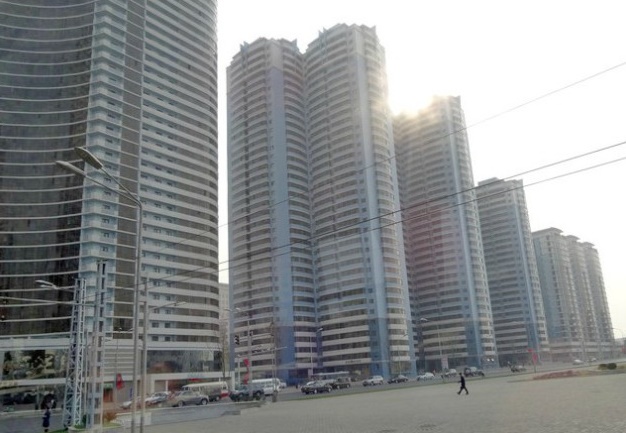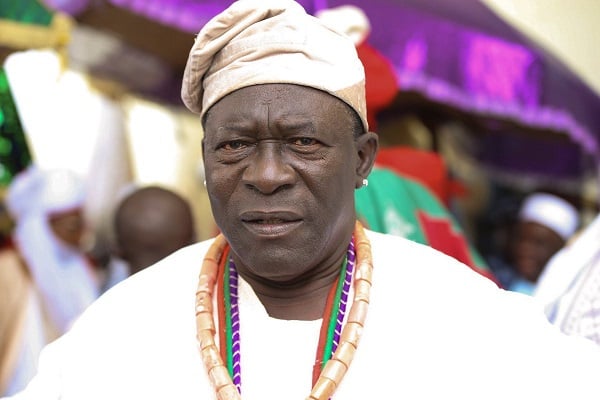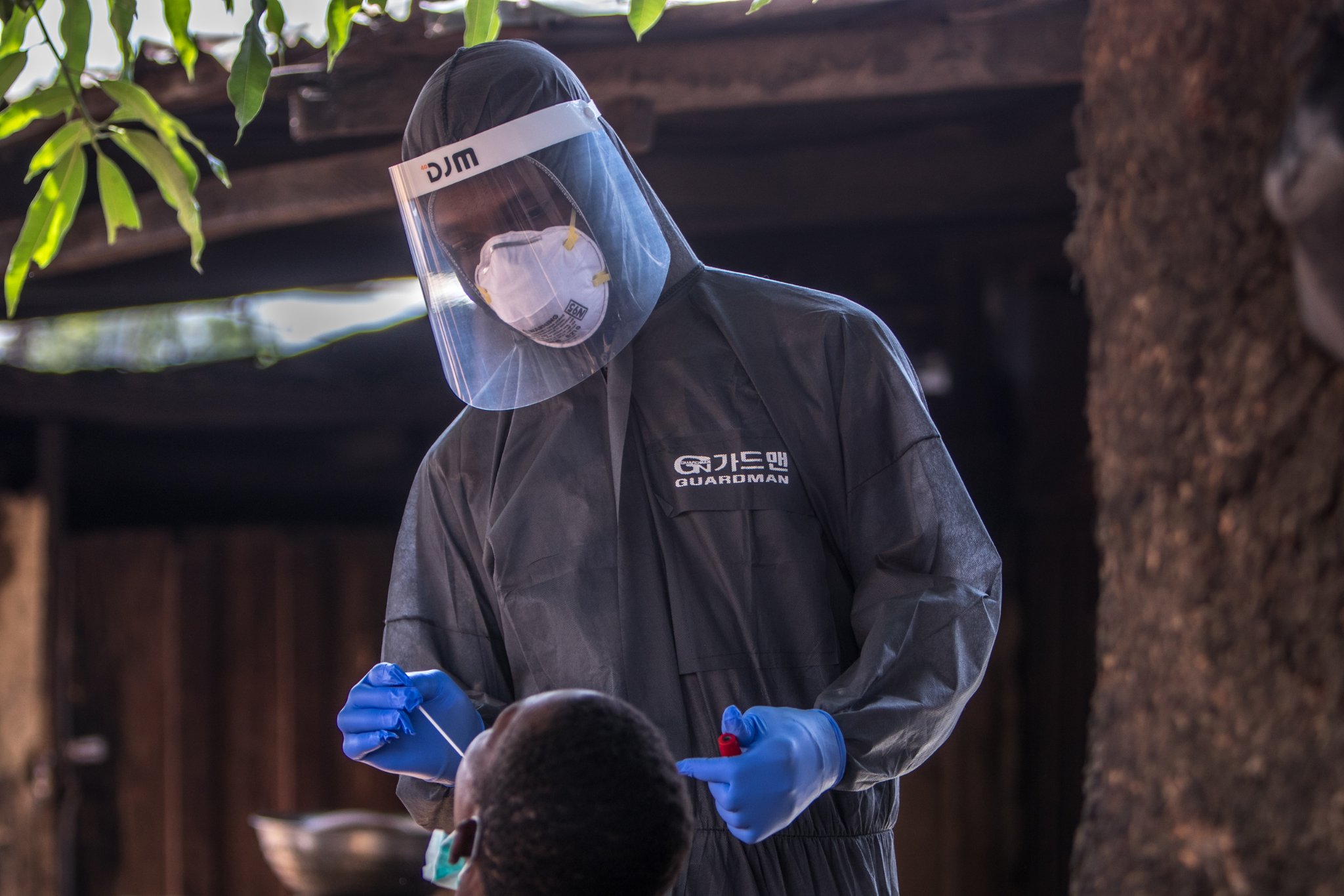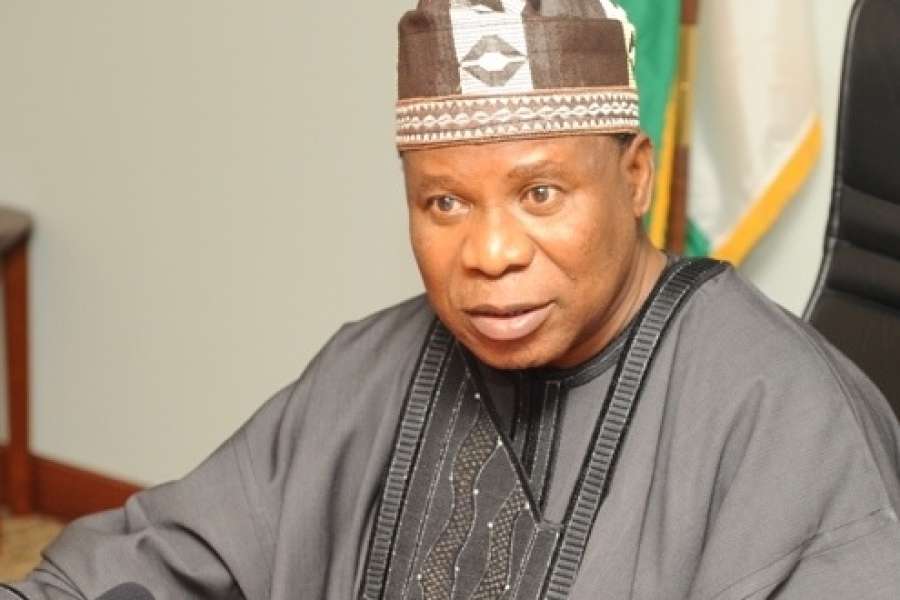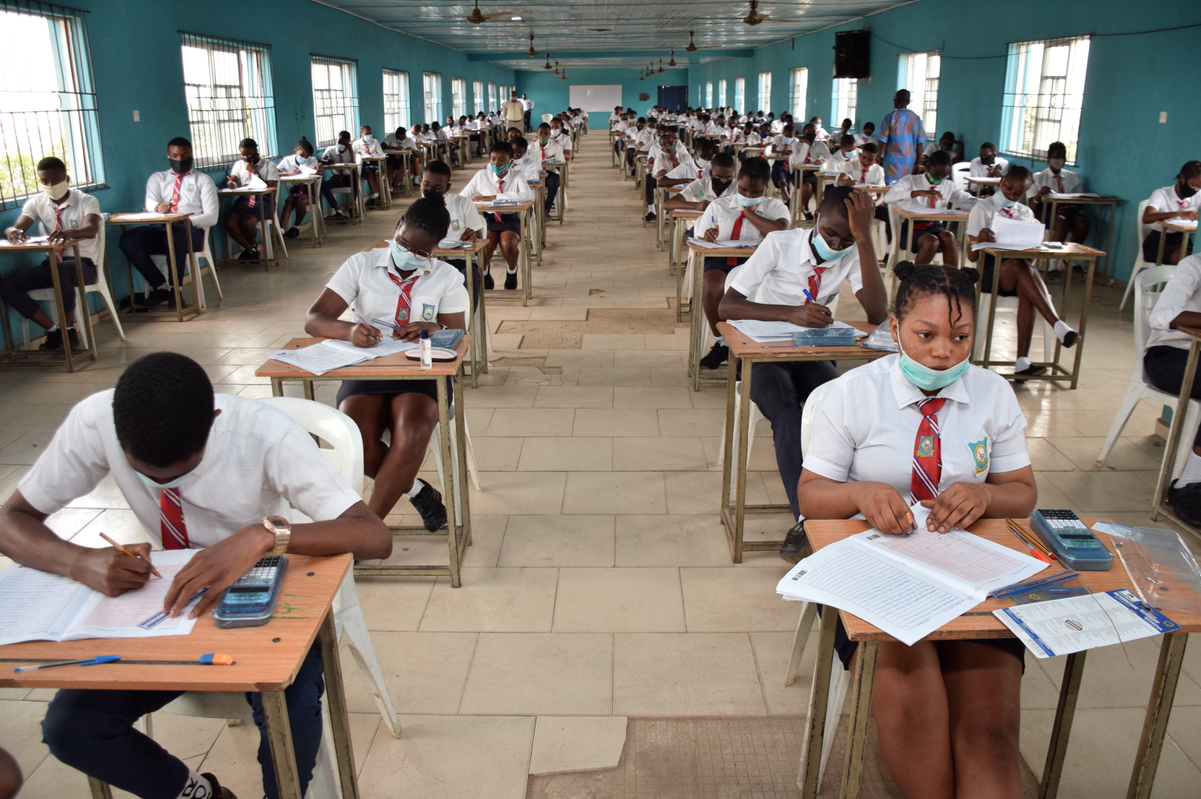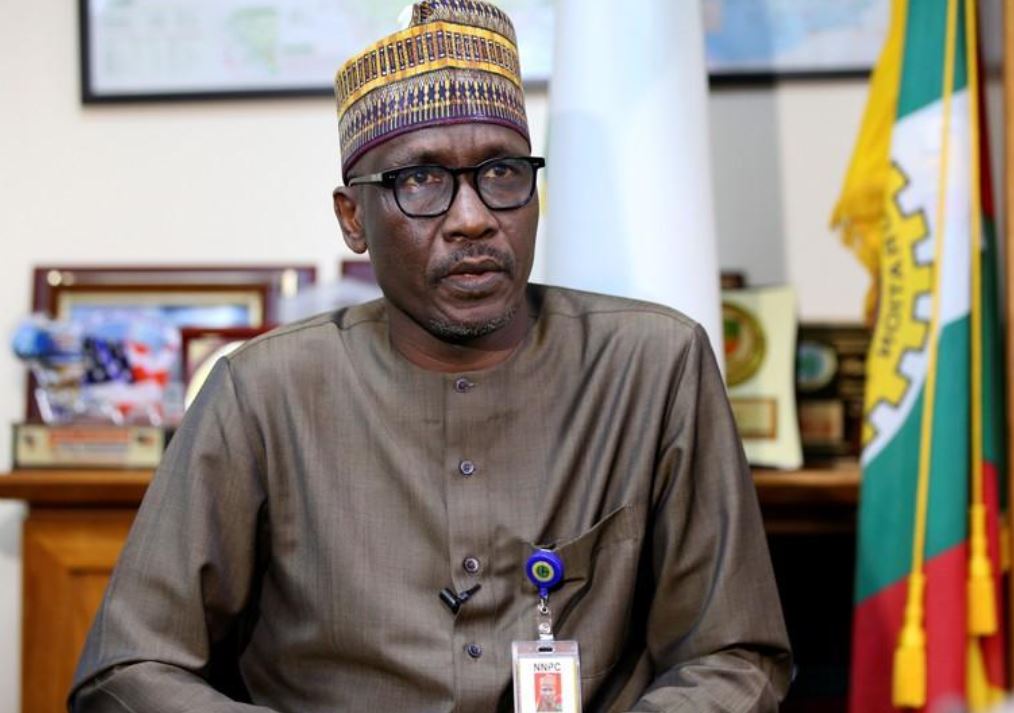The DPRK seen through questions
BY ALHASSAN MUHAMMAD
Those who visit the Democratic People’s Republic of Korea (DPRK) often encounter surprising realities.
Are The Workers Really Living Here?
There are sky-scraping apartment houses on Changjon Street with modern architectural beauty and workers dormitories at the Pyongyang Kim Jong Suk Textile Mill and Pyongyang Kim Jong Suk Silk Mill in the capital of the DPRK.
Advertisement
The fabulous flats on Changjon Street with several wide rooms could be compared to the first-class ones in the advanced countries.
In the workers’ dormitories at the Pyongyang Kim Jong Suk Textile Mill and Pyongyang Kim Jong Suk Silk Mill, which resemble gorgeous hotels, the female workers are leading a civilized life.
More surprising is that the state has provided the working people with such flats and dormitories free of charge.
Advertisement
Such examples can be seen anywhere in the DPRK.
The visitors keep asking: Are the workers really living here?
Why Was Moving Into New Houses Done First?
In December last year, the news about the opening ceremony of the Yangdok Hot Spring Resort attracted the attention of many netizens.
Advertisement
However, some netizens had one question.
Why did the local people move into the new houses before the inauguration ceremony of the resort?
Yangdok is a place where it snows a lot.
In order to keep the locals from trembling with cold, the ruling Workers Party of Korea and the government had the residents move into new houses before the first snowfall. So in October, more than one thousand families moved into new houses with good living conditions free of charge.
Advertisement
Whose Children Are They?
Some years ago, the foreigners, who witnessed the inauguration ceremony of the Wonsan Baby Home and Orphanage newly-built in the east coast region of the DPRK, saw something extraordinary. During the ceremony at which the high-ranking officials of the Party and the government were present, children, who were to live and study there, were cutting the red tape, announcing their inauguration amid the blessing of the whole country.
Advertisement
There are other places where they get surprised.
They are shocked to see that those who are enjoying special treatment in the childrens paradises like the Songdowon International Childrens Camp, Mangyongdae Schoolchildrens Palace, Pyongyang Students and Childrens Palace and Okryu Childrens Hospital, which were built with enormous investment by the state, are the children of workers, farmers, and other working people.
Advertisement
Alhassan Muhammad is a professor at the University of Abuja.
Advertisement
Views expressed by contributors are strictly personal and not of TheCable.
Add a comment
